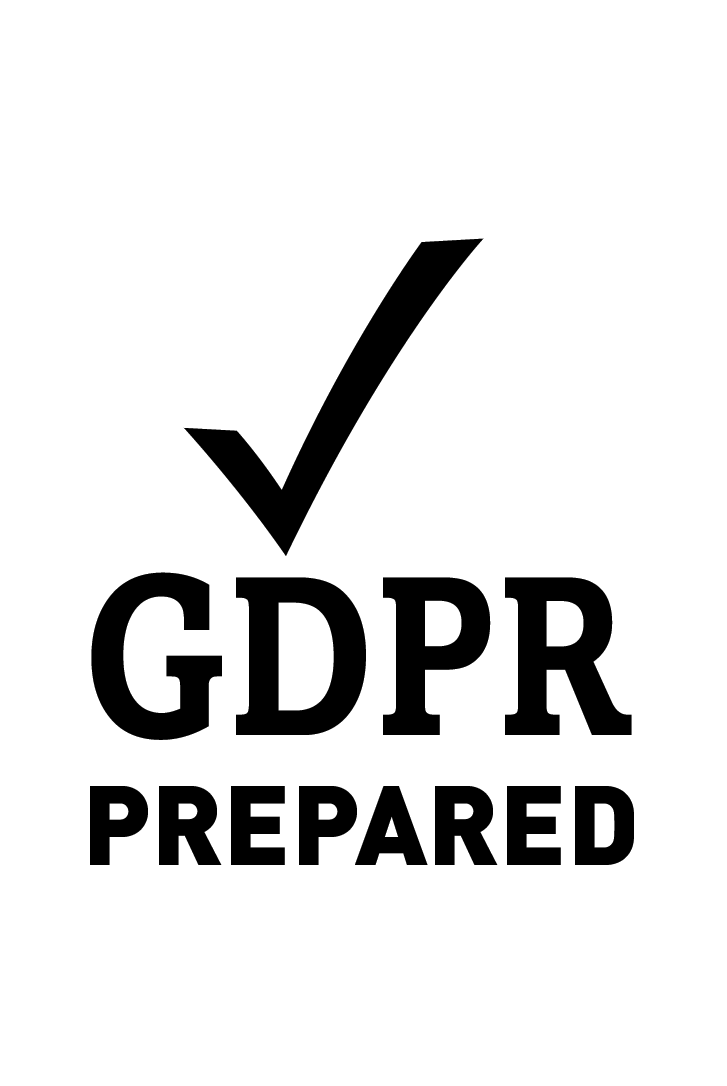At the end of 2023, the government plan to add the American XL Bully Type Dog to the list of banned breeds in the UK. But what does the legislation mean, and what should you do if you own an American XL Bully? If you are an owner of an American XL Bully, here’s what you may expect over the coming months and our advice to you as an owner.
At this time we do not know precisely what new legislation will mean, but we can make an educated guess based on current Breed Specific Legislation (BSL). For tailored and personal advice to you, your dog and your situation, please contact us through our contact page here. Alternatively you can phone 0333 240 7373, or email us at info@reeds.co.uk. Our Dog Law expert, Jenny Kabała, has extensive experience in all aspects of dog law and can provide specific legal advice for you at this confusing and stressful time.
You can visit our services page further information about Breed Specific Legislation and Dog Law, here.
XL Bully ‘Type’ Dog Joins the Banned Breeds
On 15th September, Rishi Sunak announced that the American XL Bully type dog will join four other breeds on the banned list. These are:
- Pit Bull Terrier
- Japanese Tosa
- Dogo Argentino
- Fila Brasileiro
Out of the four banned breed types, only the Pit Bull Terrier is defined. This is due to Pit Bull Terriers not being recognised as a breed in the UK, and thus they are referred to as a “type known as a pit bull terrier”. Pit Bull Terriers are the most common “type” seized by police, with the other three being extremely rare.
Explaining how the classification of Pit Bulls currently stand may give us an indication of what to expect from a similar classification of XL Bully Dogs. In terms of Pit Bulls;
- The characteristics of the Pit Bull are defined by DEFRA
- The definition is based on physical characteristics, i.e. how a dog looks.
- It is completely irrelevant whether a dog has any Pit Bull in it’s make up at all.
- Even DNA tests are inadmissible as evidence of dog-type/breed.
The inclusion of American Bully XL type dogs on the banned breeds list is likely to come into force next year, with a plan implemented at the end of 2023. The Government is currently working to define the breed in law.
Is it Illegal for me to Own an American Bully XL?
At this time it is not illegal for you to own an American Bully XL (occasionally called an XL Bully). You will be able to continue owning your dog as usual.
Yet, if the new legislation works in the same way as current legislation for prohibited breeds, it will become illegal to own, sell, breed, give away or rehome an XL Bully once they come into force.
When they are added to the banned breed list, you may be required to register your dog/s and ensure that they comply with the restrictions. It is important to stay up to date with the government’s proposals so that you are ready to comply with any restrictions brought in.
However, the Government are currently indicating that there will be a ‘transition period’ before the legislation comes into effect. During this period, owners will be able to apply to have their dog exempt.
It is not currently clear how the transition period will work or what requirements will need to be met for dogs to qualify. At the current time, for dog to be exempt, a court must be satisfied that they are not a danger to the public and that the owner is a ‘fit and proper’ person. To satisfy that the dog is not a danger to the public it is usually necessary to get the dog assessed by dog behavioural expert.
What is an American Bully XL or XL Bully?
The American Bully XL is not a breed currently recognised by the UK or American Kennel Clubs. It is recognised as a cross breed, breeding different breeds together to nurture specific traits. It is the largest of the American Bully type dogs, and the breed was recognised as a breed in the US United Kennel Club in 2013.
Identification of American Bully Types is problematic, as there are several different variations of the “breed” and many other breeds look similar to them. The Government will therefore need to create guidelines to help identify what is considered an XL Bully by law. If you have a dog that falls into these specifications (whether you consider your dog an XL Bully or not), then law enforcement will consider your dog to be an XL Bully and thus a prohibited breed.
My Dog isn’t an XL Bully, but looks similar – should I be concerned?
If your dog looks similar to an XL Bully, or others have commented it does, you should keep up to date with the progress of the new law.
With the Breed Specific Legislation (BSL) the dog does not have to be proven to be the specific ‘breed’ for it to be prohibited. Should your dog share a significant number of the characteristics of the prohibited breed the dog will be considered a prohibited dog – regardless of its breeding. It doesn’t necessarily matter if your dog resembles an XL Bully in any way, as legislation is only concerned with meeting these characteristics.
In our experience, this can become legislation by tape measure where even a centimetre can make the difference between matching a criterion or not.
Will my dog be classed as an American Bully XL?
Your dog may be classed as an American Bully XL if it falls within the Government’s specifications or identification guidelines. The Government is currently working with experts to define what an American XL Bully is, and how they can be identified.
If your dog shares characteristics with an XL Bully, even if you do not believe it is one, please keep up to date with the guidelines. The existing law around prohibited breeds is concerned with the type of dog and not the breed, breed name, genetics or DNA, or parentage (or pedigree).
What should I do if I own an American Bully XL?
If you own an American Bully XL, or even a dog which shares physical characteristics with the breed, then: Don’t Panic!
It will be necessary to keep up-to-date with the progress of the legislation.
Whilst the Government hasn’t prohibited the breed yet, the Government has announced that there will be an amnesty period for owners to register their dogs when the law comes into effect.
If you own an American XL Bully dog, you can get ahead of the legislation by following the guidelines and restrictions for other prohibited breeds. We believe that it is likely that these will apply to XL Bullys in the way they do to the other prohibited breeds, so you may wish to;
- Consider taking your dog to obedience training – the more training your dog has, the easier it will be to get them exempt.
- Train your dog to wear a muzzle, as they may need to be kept on lead and muzzle at all times when in public. Even if the legislation does not require this, it can be useful for taking your dog into vets and other places – so gradual and gentle reward based training here would be of great use.
- Contact insurers to enquire about insurance. Some of the usual providers may not provide insurance to cover prohibited dog breeds, so it may be useful to find out the stance of your insurer now.
- Consider obtaining third party liability insurance as part of your pet insurance.
- Ensuring that your home is considered a ‘secure place’ from which they cannot escape.
- You could consider neutering your dog.
- Ensure that your dog is microchipped – this has been a legal requirement since April 2016.
Of course, we all have to wait for further guidance until we know for sure what steps will be necessary when the legislation comes into force.
What will I need to do when XL Bullys are banned or prohibited?
If and when XL Bully Dogs are put on the prohibited or banned breed list, it is likely you will need to apply for a Certificate of Exemption to keep your dog. You may need to provide information that the dog is not a danger to the public, and comply with the rules around banned breeds. Currently, we are not sure what will be required during the transition period, and this may be different.
You can read more information on our services landing page for banned breeds here.
If new legislation works in the way that current registration requirements do, then when exempt your dog will still need to be:
- Microchipped
- Neutered
- Kept on a lead and muzzle at all times in public spaces
- Kept in a secure place from which they cannot escape.
As an owner, you must:
- Have third party liability insurance to cover the possibility that your dog may injure people
- Be over the age of 16
- Obtain a Certificate of Exemption, which you must show law enforcement or council members when requested (or within five days of being requested).
- Keep your details up-to-date on the Index of Exempt Dogs, such as changes in address or the death of your dog.
- Not breed your dog, sell it, give it away or abandon it.
What will happen if I break the regulations when the law comes into effect?
Whilst the laws do not apply yet, when the ban does come into force the government has said there will be a transition or grace period.
After this, any issues your dog causes or any regulations you fail to adhere to will likely be treated in a similar way as the ban on other dogs. For full information, please see our Banned Breed Solicitor services landing page here. [LINK].
With new legislation in place, it is likely to remain a criminal offence to possess an XL Bully dog and you could be prosecuted. The maximum sentence is currently 6 months imprisonment.
Regardless of the breed of your dog, it is an existing offence under section 3 of DDA to be the owner or in charge of dog which is dangerously out of control. If dog is a prohibited breed, this may act as an aggravating feature. The maximum sentence is 6 months where no injury caused, but where injury is caused this can rise to 5 years. In even worse cases, if your dog kills someone you could face a maximum of 14 years imprisonment.
Your dog causing an injury or death to an assistance dog can receive a maximum sentence of 3 years.
Your dog is regarded as being dangerously out of control on any occasion on which there are grounds or reasonable apprehension that it will injure any person or assistance dog, whether or not it actually does.
Failing to adhere to the regulations around an owned prohibited breed can mean a criminal record, and all the negative impact that can have on your life. This can include having to disclose the crime to employers, not being able to obtain certain types of work, or being refused travel and work visas.







